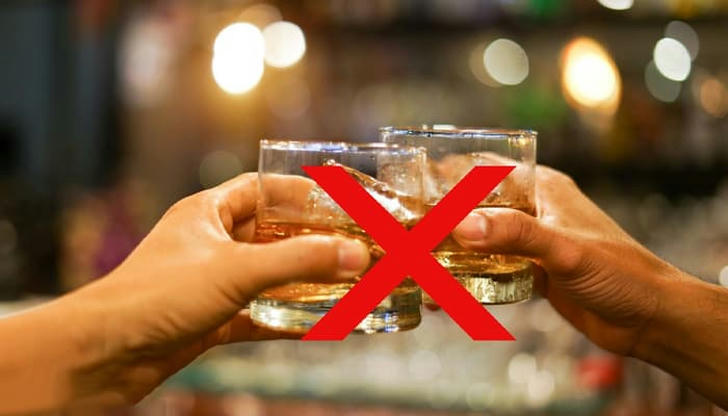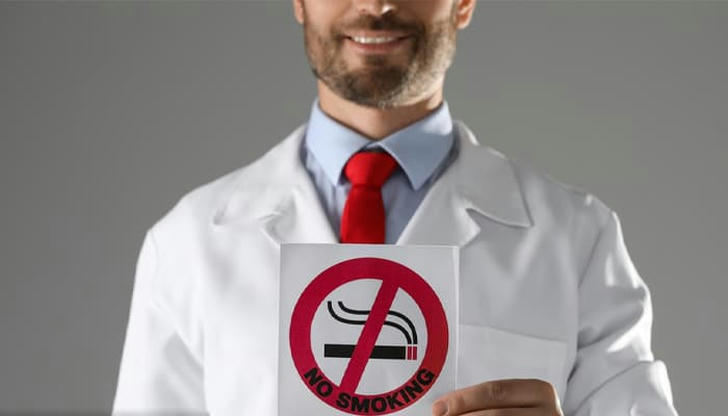Managing Addictive Habits: A Step-by-Step Guide to Quitting Smoking and Alcohol

Addiction is a powerful force, and quitting habits like smoking or drinking can feel like an uphill battle. However, it’s important to remember that overcoming addiction is entirely possible, and millions of people have successfully done it. Whether you are trying to quit smoking, stop drinking, or both, this step-by-step guide will help you understand the process and give you practical tips to take control of your health and well-being.
Step 1: Understand the Addiction
The first step in quitting any addictive behavior is understanding how addiction works. Smoking and alcohol consumption both alter brain chemistry, creating a cycle of dependence. Over time, the body becomes used to nicotine and alcohol, and quitting these substances can cause withdrawal symptoms such as irritability, anxiety, and physical discomfort.
By understanding that these behaviors are driven by both physical and psychological factors, you can better prepare yourself for the challenges ahead. You are not weak or lacking in willpower—addiction is a complex issue that requires effort, persistence, and support to overcome.
Step 2: Set Clear Goals
Setting clear, achievable goals is key to breaking free from addiction. Start by deciding what success looks like for you. For example, if you are trying to quit smoking, your goal might be to reduce the number of cigarettes you smoke each day until you can quit entirely. Similarly, if you want to stop drinking, your goal might be to gradually reduce the number of drinks you have per week.
Write down your goals and make them specific. This can help you stay focused on your progress, and having a clear end point can make the process feel more manageable. Remember to celebrate small victories along the way. Each day that you manage not to smoke or drink is a step closer to achieving your goal.
Step 3: Identify Your Triggers
For many people, certain situations, emotions, or people can act as triggers that make it harder to resist the urge to smoke or drink. Understanding your triggers is crucial for managing addiction. Are you more likely to smoke when you're stressed, bored, or socializing with friends who smoke? Do you tend to drink in social settings, or when you're feeling lonely or anxious?
Once you’ve identified your triggers, you can work on avoiding them or replacing them with healthier alternatives. For example, if stress is a trigger for smoking, you might try mindfulness techniques or deep breathing exercises to relax. If social situations make you want to drink, you can plan ahead by bringing your own non-alcoholic drinks or even avoiding certain social events in the early stages of your recovery.

Step 4: Get Support
Quitting smoking and drinking is challenging, but it doesn’t have to be done alone. Seeking support is crucial to overcoming addiction. There are many resources available, from support groups and counseling to family and friends who can offer encouragement.
Consider joining a support group such as Alcoholics Anonymous (AA) or Nicotine Anonymous (NA), both of which provide a community of individuals who understand the challenges of addiction and recovery. Talking to others who are going through the same experience can offer valuable insights and emotional support.
Additionally, you may want to seek professional counseling or therapy. A therapist can help you address the psychological aspects of addiction and develop strategies to cope with the emotional challenges that come with quitting.
Step 5: Replace Old Habits with New Ones
A critical part of breaking free from addiction is replacing old habits with healthier alternatives. Instead of turning to a cigarette when you're stressed, try a healthier activity such as going for a walk, exercising, or practicing meditation. When you feel the urge to drink, try drinking water, herbal tea, or a non-alcoholic beverage instead.
It's also helpful to create a new routine that doesn't involve smoking or drinking. This could mean finding new ways to socialize or spend your free time. The more you replace old habits with positive ones, the easier it becomes to stay on track.
Step 6: Manage Setbacks
It's common to experience setbacks during the process of quitting smoking or drinking. You may have a slip-up, but that doesn’t mean you’ve failed. It’s important to understand that recovery is a journey, and setbacks are a part of the process. The key is to learn from these experiences, pick yourself up, and keep moving forward.
Instead of focusing on guilt or shame, try to figure out what caused the setback. Did you encounter a trigger that you hadn’t anticipated? Was there a moment when you felt overwhelmed and gave in? Use this information to adjust your strategy and avoid similar situations in the future.

Step 7: Take Care of Your Body and Mind
Throughout your journey to quit smoking or drinking, it's important to take care of your physical and mental well-being. Focus on eating a balanced diet, getting regular exercise, and ensuring you get enough sleep. Taking care of your body will help you stay strong and resilient as you navigate the challenges of quitting.
Additionally, pay attention to your mental health. The emotional toll of addiction can be significant, and it’s essential to prioritize your mental well-being. Consider practicing mindfulness, journaling, or engaging in hobbies that bring you joy.
Real-Life Cases
Case 1: John’s Journey to Quit Smoking
John, a 42-year-old father of two, had been smoking for over 20 years. He had tried quitting several times in the past but always relapsed after a few weeks. One day, after his doctor told him that smoking was putting him at risk of heart disease, John decided it was time to make a serious change. He set a clear goal to quit smoking within three months, reducing his cigarette consumption each week.
John joined a local Nicotine Anonymous support group, where he met others who understood his struggles. With their encouragement, he learned to manage his triggers and replace his smoking habit with healthier coping mechanisms, such as exercise and deep breathing. Six months later, John was smoke-free and feeling healthier than ever. His journey wasn’t easy, but he was proud of what he had achieved.

Case 2: Sarah’s Success in Overcoming Alcohol Addiction
Sarah, a 29-year-old woman, had struggled with binge drinking for years. Her drinking was affecting her work, relationships, and health. After a particularly bad night out, she realized she needed help. Sarah decided to attend an Alcoholics Anonymous meeting, where she met people who shared their stories and offered support.
Through AA, Sarah learned about the importance of replacing her drinking habit with positive activities. She started exercising, meditating, and spending more time with family and friends who didn’t drink. With the help of her support group and therapy, Sarah gradually reduced her alcohol consumption and learned how to cope with stress without turning to alcohol. Today, Sarah has been sober for over a year and is living a healthier, happier life.
Conclusion
Quitting smoking and drinking is not easy, but it’s possible with the right approach. By understanding the addiction, setting clear goals, managing triggers, seeking support, replacing old habits, and taking care of yourself, you can successfully break free from these habits. Remember, the journey may have its challenges, but every small step you take brings you closer to a healthier, happier life.
